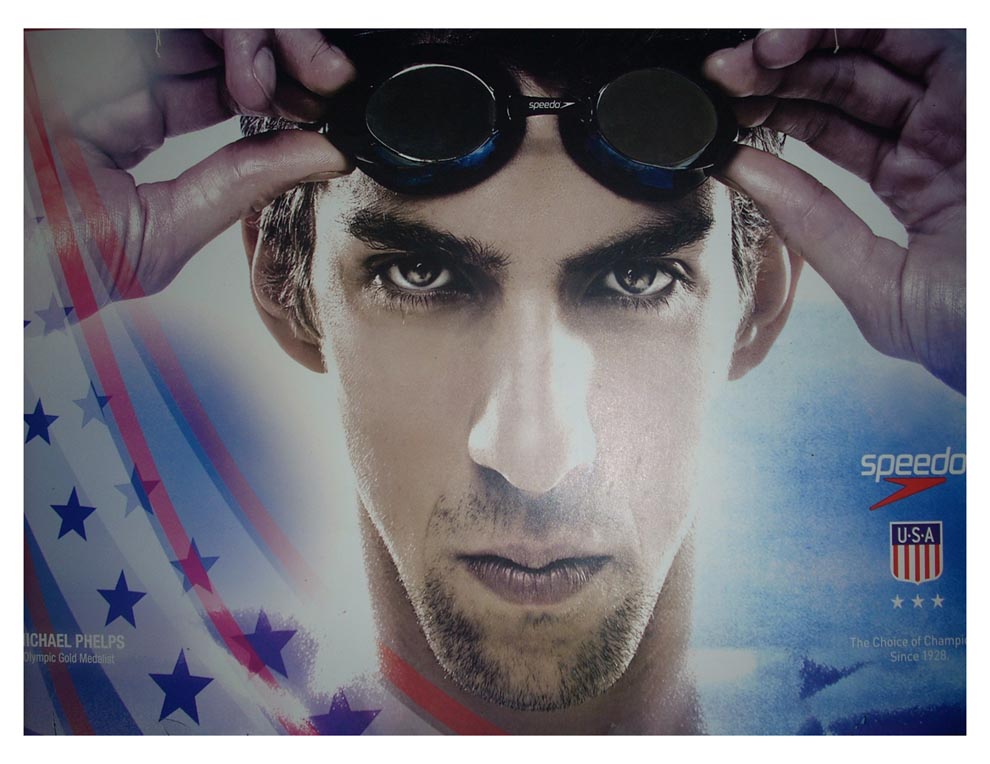

“A short introduction to learne to swimme.” -C. Middleton circa 1595
The year was 1909.
The Messina earthquake of 1908 struck the Straits of Messina in southern Italy and destroyed cities and caused up to 150,000 deaths. Compare that to 636 Italian deaths from COVID-19 as of April 7, 2020, and all the media hysterics surrounding that time. A Taiwan earthquake killed 1,200 persons in 1909. But as certain as the sun rises, the media hysterics were absent then.
The U.S. Congress passed in 1908 an act to build a naval yard on Pearl Harbor in Hawaii and president William Howard Taft announced it in 1909. Construction budget was $3 Million and it was said to be the world’s largest naval base.
For the first time, fingerprint evidence was used to solve a murder case. The world’s first official Fingerprint Bureau was founded in Scotland Yard in 1901. Horse-drawn carriages became obsolete because an automobile hearse was first used in a funeral procession.
The National Geographic Society certified the claim of explorers Robert E. Peary and Matthew A. Henson to become the first men to reach the North Pole April 6, 1909. There would be controversy over this claim because of independent verification and discrepancies in Peary’s journal.
As usual for Illinois, July was hot and without breezes and sun-parched.
It was time for swimming.
Rock paintings that are 10,000 years old show individuals swimming in the Cave of Swimmers near Wadi Sura in southwestern Egypt. An Egyptian clay seal dated between 9000 B.C. and 4000 B.C. shows four individuals believed to be swimming a variant of the front crawl. References to swimming are found in the Babylonian and Assyrian wall drawings depicting a variant of the breaststroke.
The Nagoda bas-relief shows inside men swimmers dating from 3000 B.C.. A series of reliefs dated from 850 B.C. in the Nimrud Gallery of the British Museum shows swimmers, mostly in military context, and often using swimming aids.
Competitive swimming began in Britain around 1830, mostly using the breast stroke. Swimming was part of the first modern Olympic Games in 1896 in Athens, Greece. In 1908 the world swimming association, the Federation Internationale de Natation (FINA) was formed.
Swimming costumes were modest and both men and women were completely covered. Times did change, didn’t they?
Each Summer I would go swimming at the Glen Oak Park pool which was a few miles from home. I rode my bicycle there and spent the languid Summer afternoons in the water. I tried to get my courage up by jumping off the high dive, but never did summon the courage to dive off the high dive. There were the end-of-the season pool games led by the lifeguards. One game involved their throwing pennies into the water and we children had to dive beneath to retrieve the pennies. I loved every minute in the water.
Each Summer I still adore swimming and cannot understand why anyone would not learn to swim. I see babies and very small children being taught in the children’s pool while swimming my laps and it is delightful for them to learn this basic skill. Nothing compares to the joy of swimming. It is quite so the best exercise for the human body.

